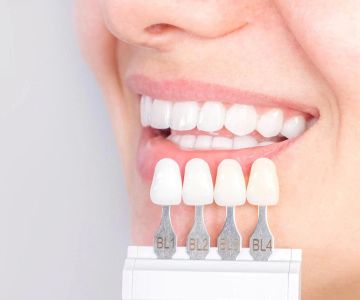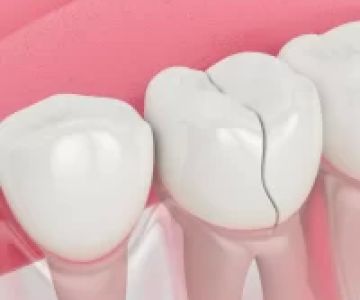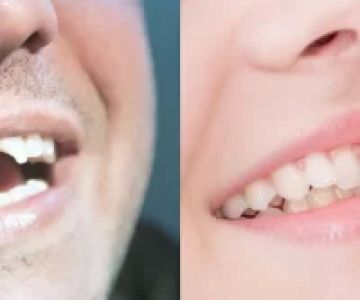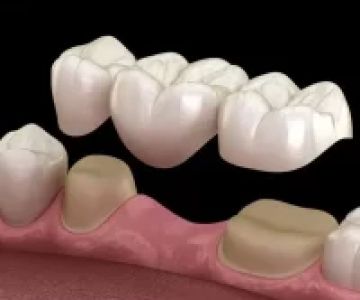When to Consider Orthodontics for Your Child
- 1. Understanding Orthodontics for Children
- 2. Signs Your Child May Need Orthodontic Treatment
- 3. The Ideal Age to Start Orthodontic Treatment
- 4. The Benefits of Early Orthodontic Intervention
- 5. How to Choose the Right Orthodontist for Your Child
1. Understanding Orthodontics for Children
Orthodontics is a branch of dentistry that focuses on diagnosing, preventing, and treating dental and facial abnormalities. For children, orthodontics plays a crucial role in correcting misaligned teeth and jaws, helping them achieve a functional bite and a beautiful smile. While orthodontics is often associated with braces, it also involves other treatments like retainers, expanders, and Invisalign. The goal is to ensure proper alignment and function of teeth, which can positively affect overall health and self-esteem.
2. Signs Your Child May Need Orthodontic Treatment
Knowing when to consider orthodontics for your child can be challenging, but there are several key signs to look out for:
- Overcrowded or Misaligned Teeth: If your child’s teeth appear crowded, crooked, or overlap, it may be time to consult an orthodontist.
- Difficulty Chewing or Biting: If your child has trouble chewing or biting properly, it could indicate a problem with the alignment of their teeth or jaw.
- Early or Late Loss of Baby Teeth: Losing baby teeth too early or too late can affect the growth and alignment of permanent teeth.
- Thumb Sucking: Persistent thumb sucking can affect jaw development and lead to alignment issues.
If any of these signs are present, it may be a good idea to consult with an orthodontist for an evaluation.
3. The Ideal Age to Start Orthodontic Treatment
The American Association of Orthodontists recommends that children have their first orthodontic evaluation by age 7. At this age, most children have a mixture of primary and permanent teeth, allowing the orthodontist to identify potential issues early. While many children may not need treatment at this age, it’s a critical time for spotting developmental problems that can be addressed more easily and effectively if treated early.
It’s important to note that the timing for orthodontic treatment varies depending on the child’s individual growth and development. In some cases, early intervention may be necessary to correct bite issues or prevent future complications.
4. The Benefits of Early Orthodontic Intervention
Starting orthodontic treatment at an early age offers several benefits:
- Improved Jaw Growth: Early intervention can guide the development of the jaw, preventing more severe alignment issues later on.
- Fewer Complications Later: Addressing issues early can reduce the need for more invasive treatments in the future.
- Improved Self-Esteem: A straighter smile can boost your child’s confidence and self-image.
- Better Oral Health: Properly aligned teeth are easier to clean and less prone to decay, reducing the risk of cavities and gum disease.
By addressing issues early, orthodontics can help prevent more serious problems, saving time and money in the long run.
5. How to Choose the Right Orthodontist for Your Child
Choosing the right orthodontist for your child is an important decision. Here are some tips to help you make the right choice:
- Check Qualifications: Ensure the orthodontist is licensed and board-certified, with specific training in orthodontic care for children.
- Experience with Children: Look for an orthodontist who has experience treating pediatric patients and is comfortable working with kids.
- Consultations: Schedule consultations with a few orthodontists to discuss your child’s needs, treatment options, and costs.
- Consider Technology: Modern orthodontists use advanced technology like digital imaging and 3D scans to create customized treatment plans.
By doing your research and selecting a qualified orthodontist, you can ensure that your child receives the best possible care for their orthodontic needs.
If you’re ready to learn more about orthodontic treatment for your child, visit Dentistry Toothtruth for expert advice and options tailored to your child’s needs.







 Westgate Dental Arts
Westgate Dental Arts Coventry Family Dental
Coventry Family Dental Familia Dental
Familia Dental Dr. Daniel S. Fife, DDS
Dr. Daniel S. Fife, DDS Dentistry At Suburban Square: Michael I. Wollock, DMD
Dentistry At Suburban Square: Michael I. Wollock, DMD Comfort Care Dental
Comfort Care Dental The Importance of Oral Health Education During Pregnancy for a Healthy Pregnancy
The Importance of Oral Health Education During Pregnancy for a Healthy Pregnancy Why Skipping Dental Checkups Can Lead to Bigger Oral Health Problems
Why Skipping Dental Checkups Can Lead to Bigger Oral Health Problems Advantages of Porcelain Dental Restorations
Advantages of Porcelain Dental Restorations Best Tips for Brushing Your Teeth Properly for Healthy Gums: Essential Techniques for Oral Health
Best Tips for Brushing Your Teeth Properly for Healthy Gums: Essential Techniques for Oral Health How Can Diabetes Cause Tooth and Gum Problems? Preventing and Managing Oral Health Issues
How Can Diabetes Cause Tooth and Gum Problems? Preventing and Managing Oral Health Issues Healthy Habits for Promoting Good Oral Health and Hygiene: Tips for a Healthy Smile
Healthy Habits for Promoting Good Oral Health and Hygiene: Tips for a Healthy Smile